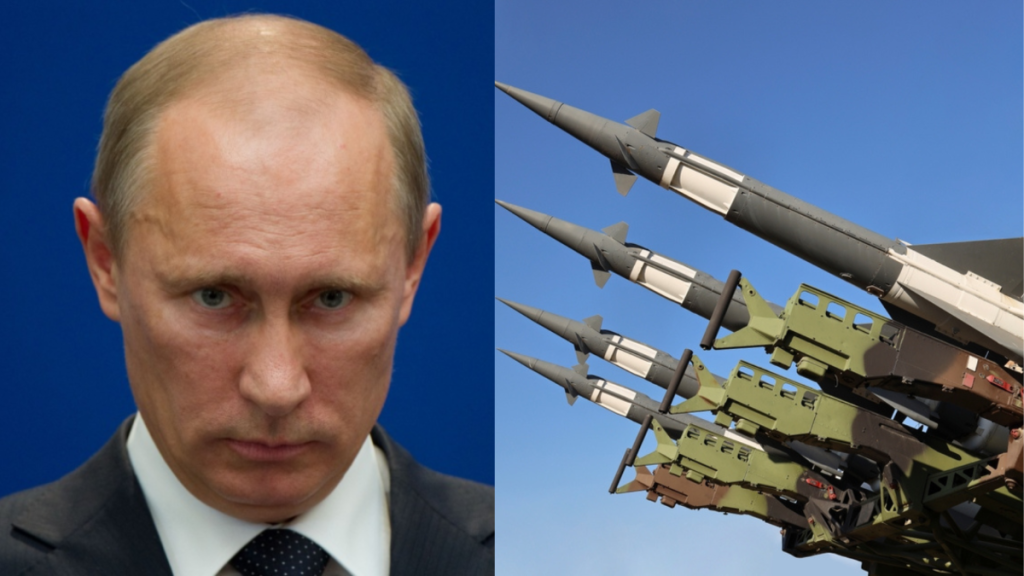Tensions between Russia and NATO members in Europe are rising again after a suspected act of sabotage on Polish rail infrastructure.
Others are reading now
With Moscow accused of widening its operations beyond Ukraine, attention is shifting to where the conflict could flare next.
A growing list of flashpoints has emerged as governments assess the risks of further strikes or incursions.
Expanding pressure points
According to the Daily Star, Russia is being blamed for a major train crash in Poland that authorities are still examining as potential sabotage.
Western analysts say it comes amid a pattern of Moscow probing vulnerabilities across Europe.
Russian president Vladimir Putin has long spoken about reclaiming influence over former Soviet territories.
Also read
His forces are already entrenched in parts of Ukraine and Georgia, and rising hostility between Moscow and Western capitals is fuelling fears that he could look further afield.
The Daily Star reports that officials are increasingly concerned that the Kremlin feels emboldened, particularly given its ability to sway US President Donald Trump.
This has led to renewed debate over how a conflict between Russia and NATO might begin.
Poland on edge
Poland has experienced some of the most direct friction with Russia since the invasion of Ukraine began.
The Daily Star notes that in September a Russian missile crossed the border and hit a village, prompting Warsaw to invoke Article 4 of the NATO treaty to convene emergency talks.
Also read
The more recent incident involving train tracks near the Ukrainian frontier has intensified alarm.
Polish police said the lines appeared to have been tampered with, though the investigation remains ongoing.
Professor Anthony Glees, a security and European affairs expert, told the Daily Star that he is convinced Russia was responsible.
“Putin’s plan is double-edged,” he said. “He wants to demonstrate that he can cripple Europe’s critical national infrastructure at will, without fear of retaliation, whilst also sowing distrust of NATO’s ability to protect Europe among each and every citizen of Europe, from the Canary Islands to the Baltic States.”
He added that such incidents are aimed at persuading Washington that Russia is gaining ground in Ukraine while portraying NATO members as weak.
Also read
Glees warned that suspicions around Poland could lead other allies to see it as a potential liability, increasing the risk that a wider conflict could start there.
Baltic tensions
The Baltic states of Estonia, Latvia and Lithuania remain among the most exposed NATO members due to geography and size.
Even so, as the Daily Star highlights, all three spend around 3 percent of their GDP on defence and have built strong national forces.
Estonia has faced its own provocations. The Mirror reported that Russian fighter jets crossed into its airspace for roughly ten minutes before retreating, an act viewed as deliberate intimidation.
Further concerns focus on Russia’s military presence in its Kaliningrad enclave, which borders both Poland and Lithuania.
Also read
Analysts quoted by the Daily Star say this region could also become a flashpoint if Moscow seeks to escalate tensions.
Close calls in Romania
Although Romania sits along Ukraine’s southern frontier, it has regularly found itself under threat from stray Russian drones.
According to the Daily Star, a serious scare unfolded on November 17 when one drone flew extremely close to Romanian territory while targeting a large oil tanker supplying Ukraine.
Villages along the Danube were evacuated amid fears the tanker could explode if struck. The vessel was eventually hit by Russian missiles, forcing dozens of crew members to flee below deck for safety.
Officials quoted by the Independent said they are monitoring developments and will act to prevent or manage any emergency that might arise if further Russian strikes drift toward Romanian soil.
Also read
Sources: Daily Star, Mirror, Independent
This article is made and published by Kathrine Frich, who may have used AI in the preparation


